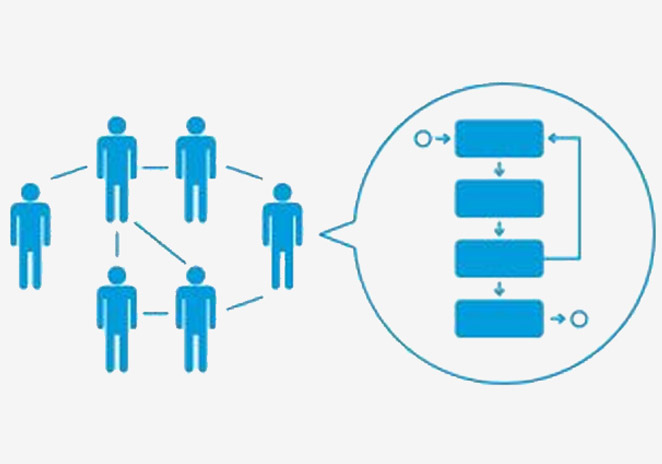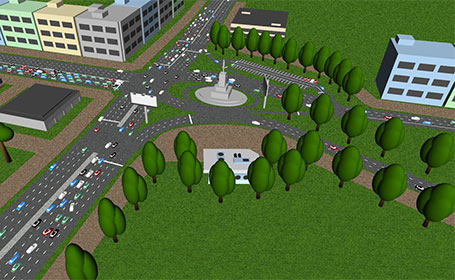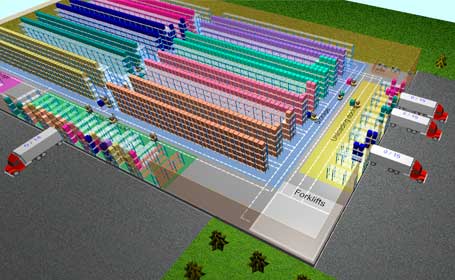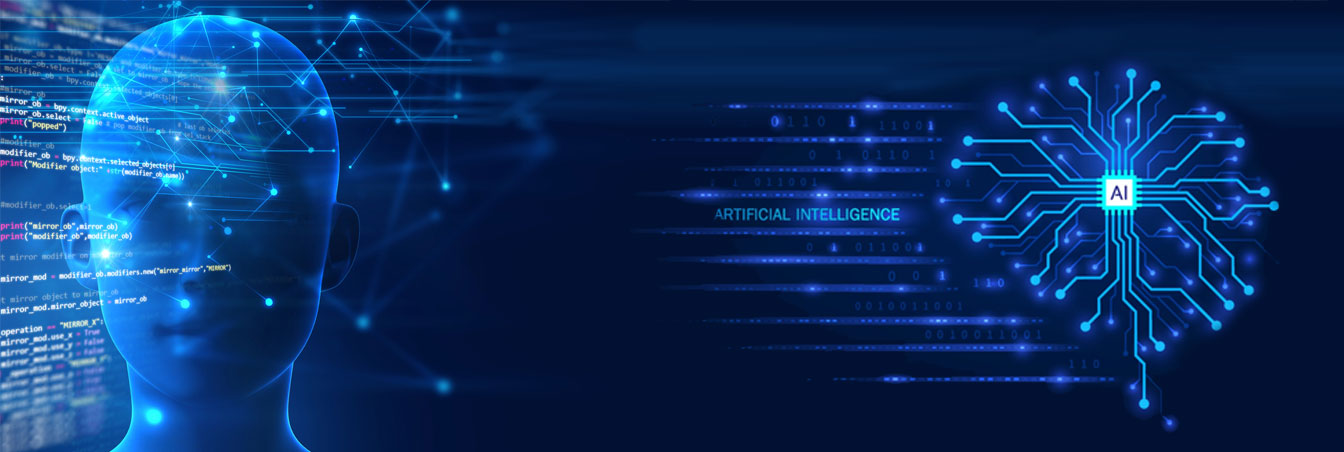
What is Computer Simulation?
Computer simulation lacks a comprehensive definition, as its application is vast and, accordingly, may have distinct definitions in various contexts. However, in a general definition, computer simulation can be described as a program developed in a computer environment with the aim of mimicking behavior. This behavior may pertain to a real system or an imaginary one.
Computer simulation is a tool that enables the analysis of complex behaviors, sometimes beyond the visualization and solving capabilities of mental models. The reason for developing such programs in a computer environment lies in harnessing the greater computational power of computers compared to the human mind. Thus, utilizing computational and hardware capabilities, these programs emulate and simulate the desired behavior.
Types of Computer Simulation
In general, computer simulation can be divided into two main types:
- Equation-Based Simulation: This type of simulation relies on mathematical equations to model and simulate the behavior of a system. It involves defining a set of equations that describe the relationships and interactions within the system. Equation-based simulations are often used for their accuracy and precision in representing complex systems.
- Agent-Based Simulation: In agent-based simulation, the focus is on modeling individual agents and their interactions within a system. Agents are autonomous entities with defined characteristics and behaviors, and the simulation observes the emergent patterns that arise from their interactions. This type of simulation is particularly useful for modeling systems where individual entities play a significant role.
Both types of computer simulations, equation-based and agent-based, are utilized for the purposes of understanding, prediction, and exploration. They provide valuable insights into the dynamics and behavior of systems, allowing researchers and analysts to study, anticipate, and discover patterns and outcomes.
Equation-based Computer Simulation
Equation-based computer simulation is commonly employed in situations where the governing laws of the system under investigation can be expressed through mathematical relationships and differential equations. Physical models are exemplary instances of equation-based simulations.
System dynamics modeling, or dynamic system modeling, is another example of equation-based computer simulation. It is used to examine the behavior of systems at a macro level, allowing for an analysis of system dynamics on a broader scale.

Agent-based Modeling

Application of Computer Simulation
Computer simulation has numerous applications, and here are some examples:
- Supply Chain Simulation
- Manufacturing and Production System Simulation
- Transportation and Warehouse Simulation
- Rail System Simulation
- Mining and Mineral Processing Simulation
- Oil, Gas, and Petrochemical System Simulation
- Terminal and Port Simulation
- Healthcare System Simulation
- Business Process Simulation
- Asset Management Simulation
- Marketing Process Simulation
- Social Process Simulation
- Defense System Simulation
By clicking on each of the mentioned applications, you can view sample computer simulation models.


Computer Simulation Software
Various simulation software tools have been developed for building simulation models. Here are some of them:
- AnyLogic Simulation Software: Currently the top simulation software, AnyLogic supports both equation-based simulation and agent-based simulation. It allows for a combination of these approaches.
- MATLAB Software: MATLAB is used for developing simulation and data science-related code. It is widely used in many engineering and scientific fields.
- SIMIO Software: SIMIO is an object-oriented simulation software that aims to create simulation models without the need for programming and coding.
- Arena Simulation Software: Arena is used for building discrete event simulation models. While it gained popularity until 2016, its usage has declined due to lack of updates and not adopting the benefits of object-oriented programming.
- Simul8 Simulation Software: Simul8 is used for building discrete event simulation models.
- Vensim Simulation Software: Vensim is designed for modeling dynamic systems.
- Netlogo Simulation Software: Netlogo is specialized in agent-based simulation. It is free and updated by the academic community.
It is recommended to read the article “Comparison of Simulation Software” for more information.
Stages for Perform Computer Simulation Project
To perform computer simulation, specific stages must be undertaken, and each of these stages holds significant importance. Neglecting any of these stages may lead to the failure of the simulation. Below are the outlined stages:
- System Recognition:
-
- The targeted system needs to be fully identified.
- Objectives and constraints should be defined.
- Selection of the Suitable Computer Simulation Approach:
-
- After recognizing the system, an appropriate approach for simulation should be chosen.
- This selection may involve choosing between discrete-event simulation, dynamic system modeling, and agent-based modeling approaches.
- Data Collection and Statistical Analysis:
- Data required for simulation is gathered.
- Statistical analysis is conducted on the data, including data cleansing, fitting probability distributions, and identifying outliers.
- Building the Simulation Model:
- Based on the chosen approach, a simulation model is developed in the selected software.
- The collected data is incorporated as input data for the model.
- Validation of the Simulation Model:
- Validation is performed to ensure the model behaves similarly to the real system.
- If confirmed, subsequent phases are initiated; otherwise, issues need to be addressed.
- Scenario Building and Optimization:
- Various scenarios are implemented in the model, and results are examined.
- The optimization process is carried out on decision variables within the simulation model.
- Summary and Conclusion:
-
- Based on the outputs, the best scenario and optimal values are extracted.
- Relevant decisions are made.
For further information, refer to the article “Conducting a Simulation Project.”
Create Computer Simulation Model by AnyLogic
As mentioned, AnyLogic is the powerful simulation tool that facilitates the creation of computer simulation models. This software supports all three simulation approaches: Discrete Event Simulation, System Dynamics, and Agent-based Modeling. It enables the construction of computer simulation models with various complexities and dimensions.
AnyLogic is developed using the Java programming language, providing the flexibility of this programming language for model development. In addition to designing various general tools for simulation model construction, AnyLogic includes specialized libraries for areas such as traffic, warehousing, material handling, fluid transportation, congestion systems, and discharge, allowing for the easy creation of specialized simulation models.
If you are interested in learning how to build a computer simulation model using AnyLogic, it is recommended to participate in the training courses offered by Simul8 Corporation, the official representative of this software.
For more information, visit the link “AnyLogic Software Training Course.”




